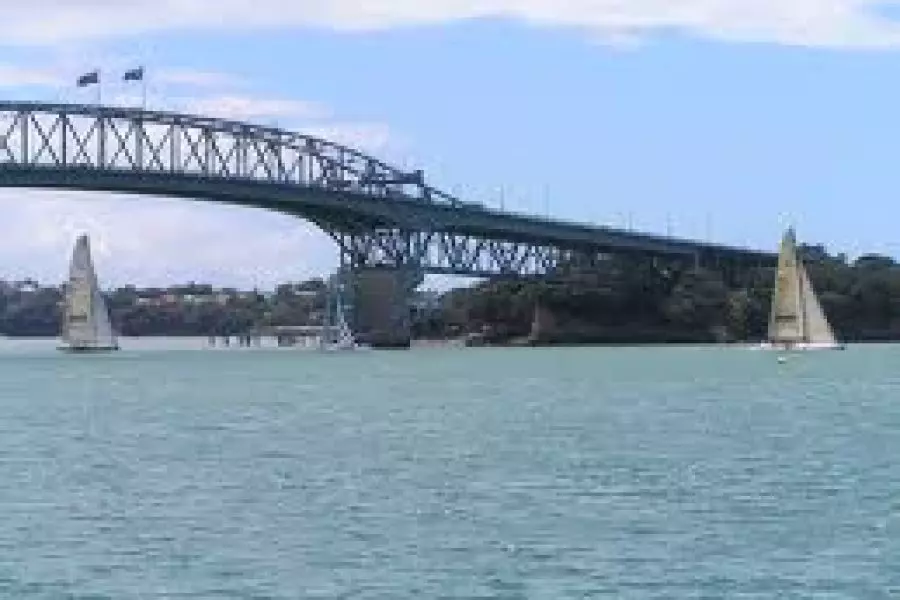Not a Shore thing

For those who have investment properties in the North Shore and Hibiscus Coast, the recent acceleration of property values is positive and provides new opportunities for further investment, but it's a different story for those trying to climb onto the ladder.
In the past year the North Shore has made some of the biggest capital gains seen in New Z...






![[The Wrap] Bye Bye Bayly](https://goodreturns.publit.io/file/c_fill,w_900,h_600/39f23ac1-f7c7-4854-b700-a150004ebbac.webp)


